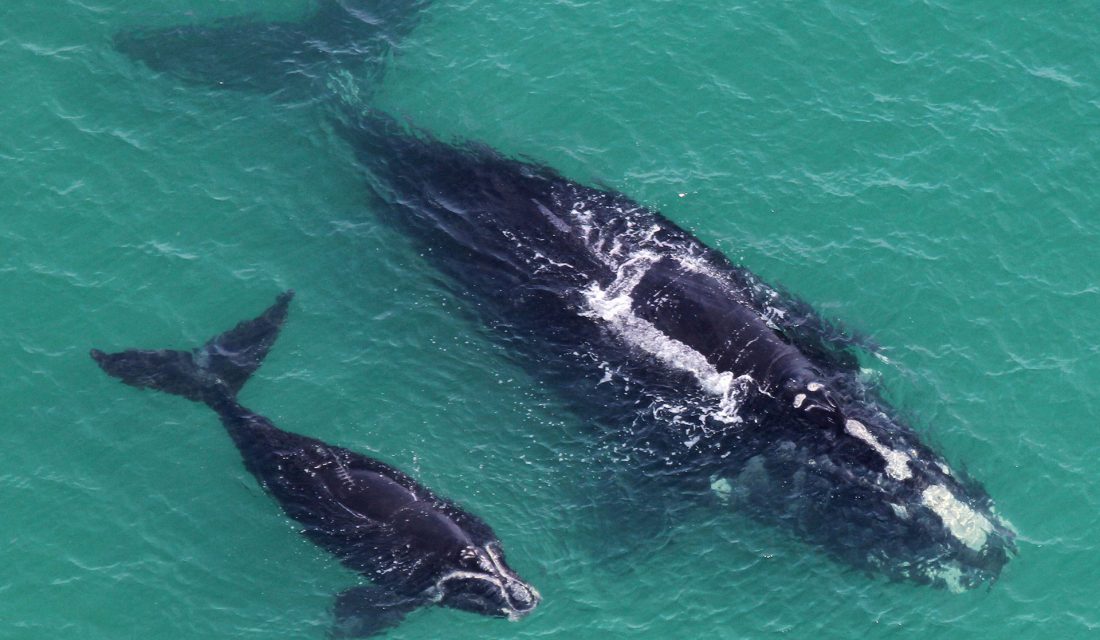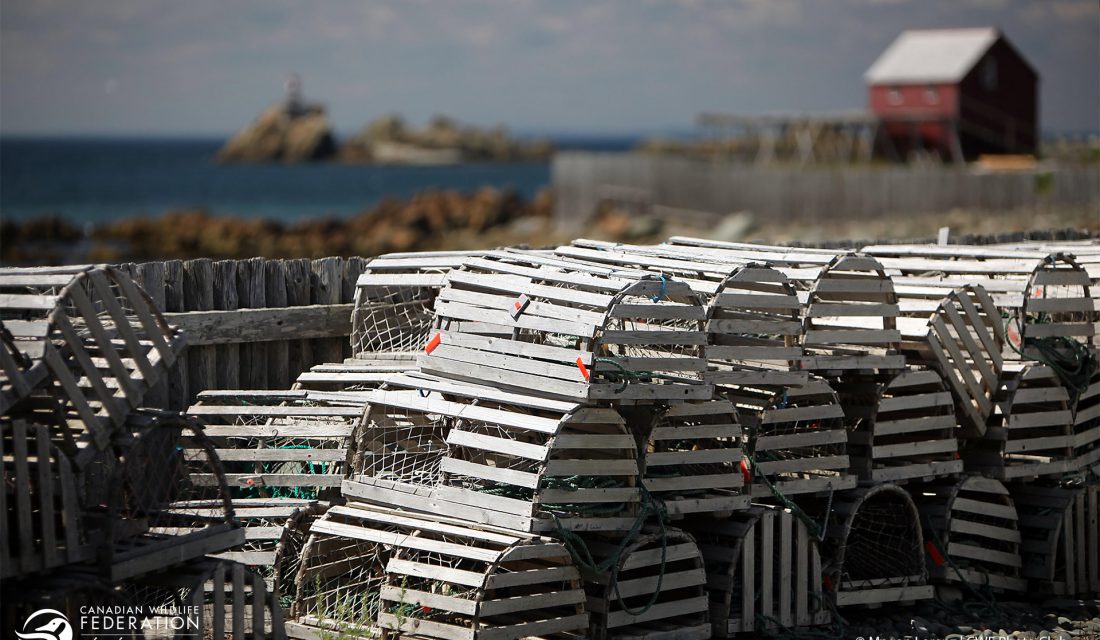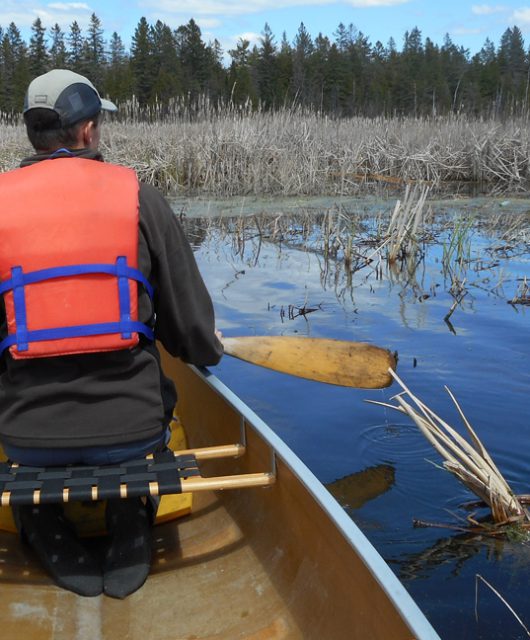The entanglement of cetaceans – whales, dolphins and porpoises – in commercial fishing gear is a growing problem worldwide.
Entanglement occurs when an animal encounters rope in the water and it wraps around parts of its body. Some animals may drown, but large whales may be able to swim away while dragging the fishing gear.

Even if the animal can still swim, it will likely face multiple health issues. Rope tangled around the body can cause injuries as the rope saws into their bodies. This can lead to a lethal infection, or even starvation if it prevents the animal from eating and depletes its energy from carrying heavy gear. Entanglement is especially a concern for species that are already endangered.
Fisheries managers face the challenge of finding ways to reduce entanglements without jeopardizing economically important fisheries. There are several measures that might do this, but one that balances both conservation and fisheries objectives is the use of time-area closures.
How Do Time-area Closures Work?
Time area-closures temporarily exclude fishing activity from areas with high densities of whales, while allowing fishing to continue as normal in areas outside the closed zones.
The closures are only in effect while the whales are present at the same time as the fishing activity.
When 12 North Atlantic Right Whales were found dead in the Southern Gulf of St. Lawrence in 2017, Fisheries and Oceans Canada implemented time-area closures to protect this endangered species from the added risk of entanglement in snow crab fishing gear.

When a Right Whale is sighted, it triggers the closure of the area where the whale was seen. The closure stays in effect for a minimum of 15 days to ensure the whales are no longer present. Time-area closures continue to be used in the Gulf of St. Lawrence and throughout the Maritime provinces today.
Challenges With Time-area Closures

Time-area closures are increasingly used worldwide to protect cetaceans from entanglement. But they are not without challenges.
- Fish harvesters are generally opposed to being excluded from areas as this can prevent their use of important fishing grounds and add to their costs by having to fish areas farther away.
- When time-area closures are in effect, fisheries must move their gear and start fishing in areas outside the closure. Although closures reduce the risk of entanglement in the closed area to zero, this relocation can increase the amount of fishing, and therefore the risk of entanglement, in areas outside the closure. For example, if fishing activity moves to an area where whales occur, the increased fishing gear relocated from the time-area closure can increase the chance of entanglement in this new area. Similarly, if fishing activity is moved from within the closed area to the perimeter, it can create a “fence” of gear around the closure that may increase entanglement risk as whales moving in and out of the closed area.
How is the Canadian Wildlife Federation Helping?
Time-area closures are an effective tool for reducing the chance of entanglements in high-risk areas. But to be successful at preventing entanglements, the closure design and implementation must consider the resulting changes in fishing patterns that may counteract some of the benefits of shutting the area down.
To help with this, the Canadian Wildlife Federation’s marine team is studying time-area closures and developing a predictive model to incorporate these effects on fishing patterns into closure design. The goal is to ensure time-area closures are effective at protecting cetaceans from fishing gear entanglement.


